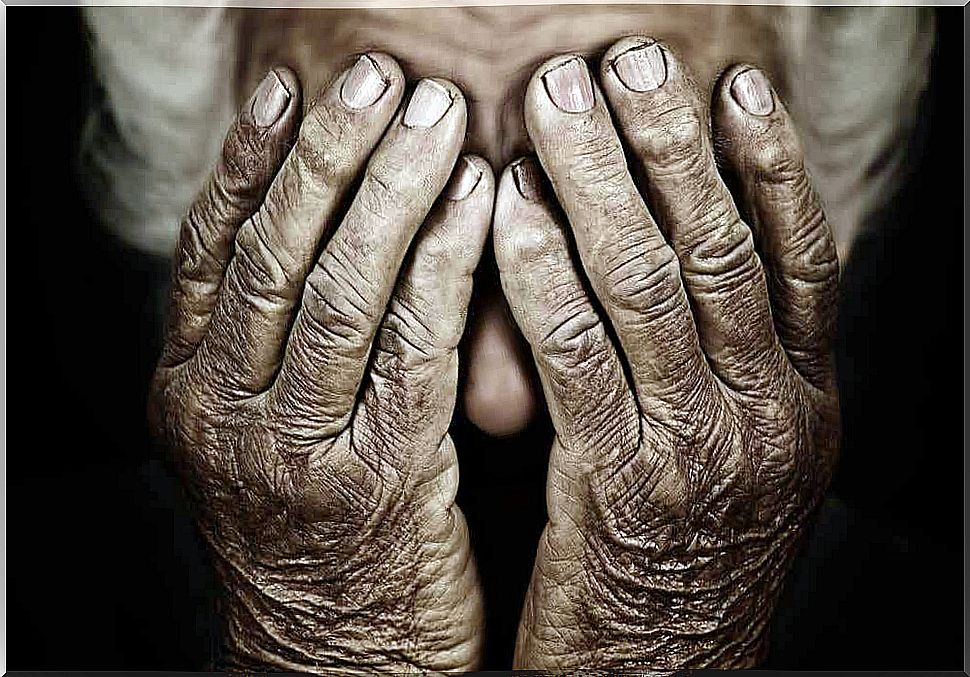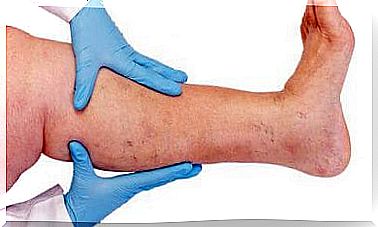Has Medicine Really Increased Life Expectancy?

Life expectancy has increased especially in recent decades, especially in developed countries.
The concept is basically the number of years that a person on average is expected to live. For example, it can be said that people who are 65 years old today have a life expectancy of about 20 years longer. Until relatively recently, life expectancy at birth was around 30 to 40 years.
Fortunately, this has changed. Many attribute this fact to advances in medicine. In this article, we will explain how medicine has affected life expectancy and what other factors have played a role.
Increased life expectancy around the world
Life expectancy is the average number of years that a given population lives in a certain period of time.
Until recently, humans had lower life expectancy. In fact, this was so much that the life expectancy at birth was around 30 years. According to a publication in The New York Times , this number has now increased significantly. Since 1900, it has been estimated that life expectancy worldwide has more than doubled.
Has medicine really increased life expectancy?
Life expectancy in the world has almost doubled in the last century. Medicine has played a leading role in this, since it has reduced the mortality rate of infectious diseases.
For example, the development of vaccines and antibiotics has helped control diseases such as smallpox and malaria. However, there are other crucial factors. Improving the quality of water and food, cleanliness of public spaces and even the promotion of hygiene have been fundamental.
Thanks to advances in medicine, pregnancy and childbirth have also improved. Similarly, there has been a reduction in infant mortality.
The decline in mortality due to infectious causes led to cancer and other chronic problems gaining weight. However, advances in the diagnosis and treatment of complex disorders have also increased life expectancy.
Medicine has made progress even in rare diseases. Therapeutic options are increasing. Although it is true that a cure for many of them has not yet been found, such as amyotrophic lateral sclerosis, we are getting closer and closer to finding it!

Mortality has declined
Life expectancy has increased and mortality has decreased. The overall mortality rate is somewhat high in childhood and generally decreases early.
In adulthood, something rises again. However, it reaches its highest point of 70. It is true that mortality has fallen thanks to medicine. However, many other aspects have influenced this fact.
Epidemiological transition is defined as a change in patterns of death and illness that affects a population. This is what has happened in the last three decades.
Some countries have managed to go from high mortality due to infectious diseases and periods of famine to having degenerative diseases as the main causes of death.
In developed countries, the causes of death are therefore cardiovascular disease and cancer. In developing countries, however, the 6 most important causes of death are still infectious diseases.
The reason is that the epidemiological transition is not fair. This means that life expectancy is also different depending on many external factors.
Lives beyond 100 years
Living beyond 100 years is rare. The limits of human life are still unknown. When a person exceeds 70 or 80 years, there is a high incidence of comorbidities.
This makes the population over 100 years very frail. Dementia is the most common group of health problems at this age. The same applies to arterial hypertension, cancer processes and other degenerative disorders.
Studies have shown that cell damage inevitably occurs throughout life. This damage has only been partially repaired. Therefore, as time goes on, the body weakens.
The so-called mortality plateau can be around 105 years. From this point on, the probability of a person dying the year after is 50%. In other words, the risk of death does not increase at an age above this point.

Life expectancy is an estimate
Life expectancy is an estimate of how many years a given population lives. It is not specifically tailored to each individual, but is a guideline. In the last century, it has increased to almost double what was estimated decades ago.
People in developed countries have a life expectancy of around 80 years. However, we should keep in mind that this does not apply equally to all countries in the world.
It is unknown what the maximum age for humans may be. Medicine has significantly contributed to improving life expectancy, but it has not been the only influential factor.









